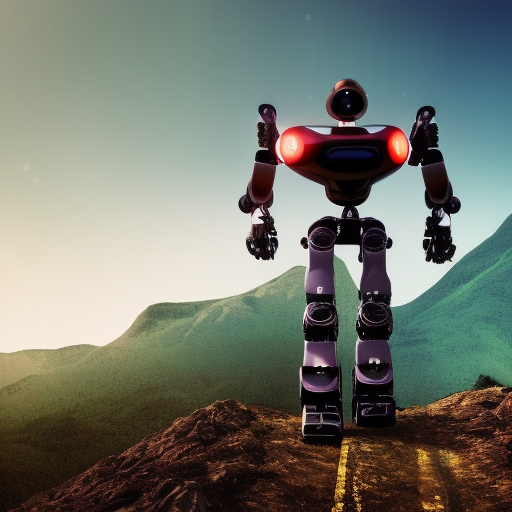
Robotics has advanced significantly in recent years, with robots being developed for a wide range of applications, including search and rescue, exploration, and recreation. One of the remaining challenges in robotics is the development of a robot that can autonomously climb to the top of a representative set of famously hard-to-climb mountains and natural rock formations. Such a robot would need to be highly adaptable, able to navigate diverse terrains and weather conditions, and possess the strength, endurance, and dexterity to overcome challenging obstacles.
Will a robot be created before January 1st, 2040, that can fully autonomously climb to the top of a representative set of famously hard-to-climb mountains and natural rock formations?
Resolution criteria:
This question will resolve to "YES" if, before January 1st, 2040, a robot is publicly and credibly documented to have:
Demonstrated the ability to autonomously navigate and climb diverse terrains, including:
a. Rock faces, ice, and mixed terrain.
b. Vertical and overhanging sections.
c. Loose, crumbling, or unstable surfaces.
d. Snow and glacier-covered slopes.Exhibited the capacity to adapt to various weather conditions and environmental factors, such as:
a. Winds exceeding 60 mph (97 km/h).
b. Precipitation, including heavy rain and snowfall.
c. Temperatures ranging from -40°F (-40°C) to 100°F (38°C).
d. Altitudes above 26,000 feet (8,000 meters).
e. Limited visibility due to fog, darkness, or other factors.Shown proficiency in using appropriate climbing techniques and equipment, including:
a. Rock and ice climbing techniques, such as jamming, stemming, and dry-tooling.
b. Proper use of climbing equipment, such as ropes, carabiners, ice axes, and crampons.
c. Anchoring, belaying, and protection placement techniques.Successfully climbed to the top of a representative set of famously hard-to-climb mountains and natural rock formations, which must include at least one climb from each of the following categories:
a. Alpine mixed climbs, such as the Eiger North Face (Switzerland) or the Cassin Ridge on Denali (USA).
b. High-altitude peaks, such as Mount Everest (Nepal-China) or K2 (Pakistan-China).
c. Technical rock formations, such as El Capitan (USA) or the Trango Towers (Pakistan).
A successful demonstration must be accompanied by:
A publicly accessible report or documentation describing the robot's design, capabilities, and performance in various climbing scenarios.
Independent validation of the robot's performance by at least two separate entities with expertise in robotics, mountaineering, or related fields. These entities can be research groups, institutions, or companies.
The publication of the findings in one or more peer-reviewed scientific journals or relevant media outlets.
I will use my discretion when resolving this question, possibly in consultation with experts.
I'm betting no. Not because I think a robot can't do this, but because I think your resolution criteria are sort of ridiculous and nobody's going to bother doing all that stuff.
If your resolution criteria could be met by (eg) "Boston Dynamics published a video of a robot climbing Mount Everest, set to catchy music", I would have bet yes.